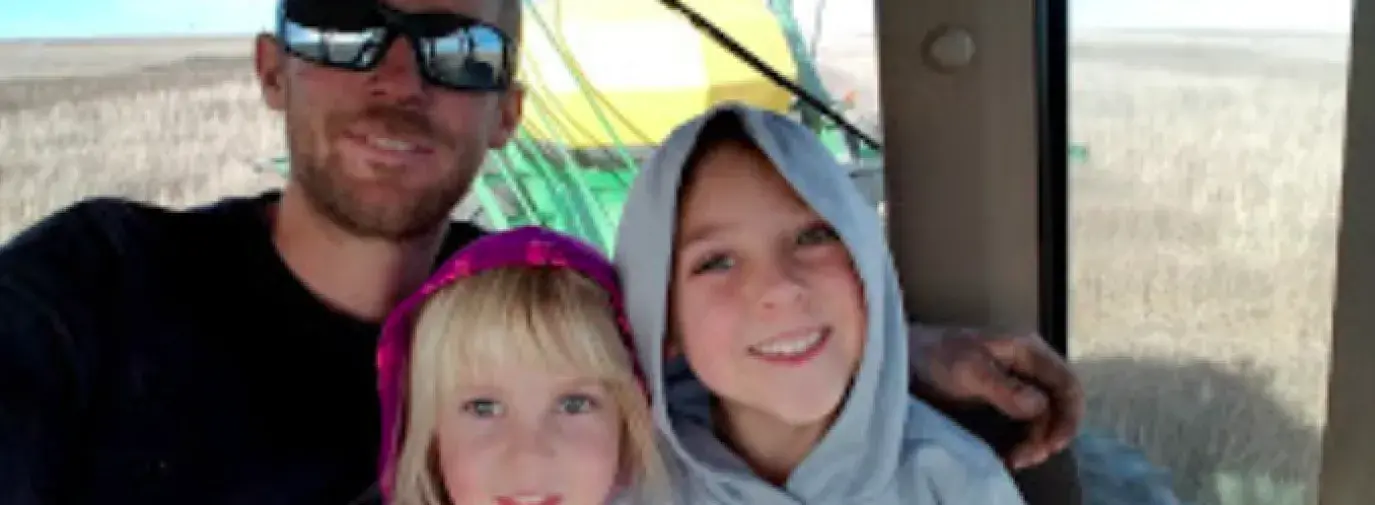
John Heermann uses diversity to turn dirt into soil.
Heermann is a dryland farmer in Haxtun, Colorado. Mention of the state conjures images of the Rocky Mountains, but—situated squarely between the mountain west and Midwest—Colorado also has a rich farm culture. The eastern half of the state is covered with farmland as far as the eye can see, and this is where Heermann got his start.
He grew up farming with his dad, but the thirty-year-old farmer points to self-education and experimentation as the path that brought him to regenerative agriculture. Heermann attended the No-Till on the Plains conference in 2014, which changed the direction of his dryland family farm and his mindset in general. For him, it became all about improving the soil.
“Our soils are currently on life support, so to be farming in a way that sustains a system on life support does not make sense to me. We have the knowledge, power, resources, and equipment to regenerate the soil so that it is no longer dependent on that life support.” Heerman has moved beyond the concept of sustainability to embrace regeneration, to heal the soils on his farm.
How does he do it? For Heermann, it’s all about growing diverse crops and keeping soils covered—two major tenets of regenerative agriculture.
When asked how he determined these two practices to be so crucially important to his farm’s soil health, he points to nature. Heermann strives to mimic what he calls “mother nature’s diversity” by planting multispecies cover crops that protect the soil between primary crop plantings of wheat, rye, oats, peas, millet, milo, vetch, flax, and chickpeas. Farming in this dry area that only receives 17 inches of annual rainfall, it’s vitally important to keep the soil covered at all times.
And, it’s not just about the surface of his fields. Living roots feed soil life, for reduced erosion and more bountiful crops. Heermann considers the different root shapes and depths, envisioning an underground world well-fed at all levels.
While each year is notably different from the next, Heermann’s yields have been steady. But, he points to better profit margins after adopting regenerative practices. Increased microbial activity in his healthy soils has allowed him to reduce his fertilizer use. A win for local ecosystems, consumer health, and his bottom line.
That’s one way to measure success. But, generally, regenerative agriculture—and its benefits—are difficult to quantify. Heermann says, “The best way to measure is with a shovel.” For him, the smell, shape, color, and appearance of his farm’s soil is the ultimate test. He also considers progress made over the years. His farmer’s intuition observes soil health in a way that’s not easy to translate onto paper or tidy metrics.
That’s the state of today’s regenerative agriculture. Farmers are transitioning around the world, adapting to site-specific challenges and adopting the practices that build the health of their soils. As the industry endeavors to find a way forward for a more standardized approach to regenerative, farmers like Heermann are leading the charge. To farmers interested in adopting regenerative methods, Heermann says, “Learn from your peers, find someone who’s been at it for at least five years. Surround yourself with support and separate yourself from those who are discouraging—meaningful change takes time.”



